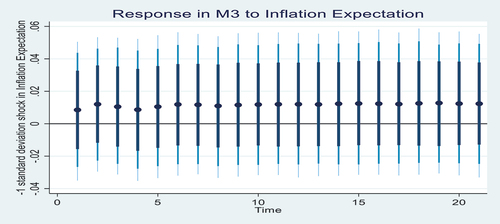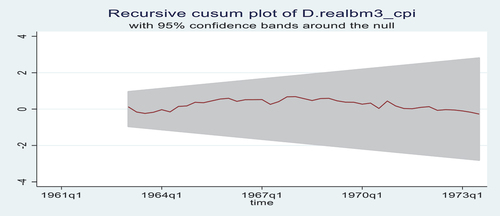Figures & data
Table 1. The table depicts a review of the empirical literature on MDF and its stability and covers the authors’ details, countries, sample covered, methodology, and findings of the studies
Table 2. Variables’ description used for dynamically simulated ARDL model
Figure 1. Plots of underlying time series variables for the period 2006: Q3 to 2019: Q4.
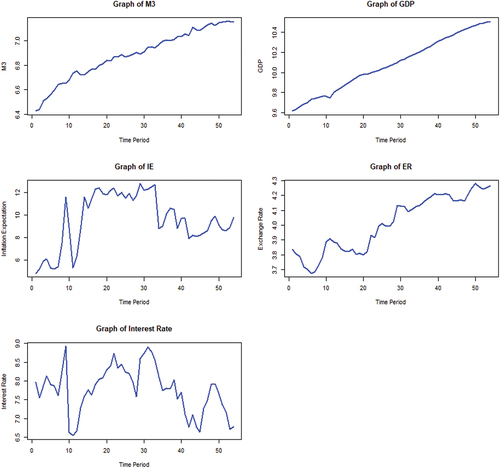
Table 3. Descriptive statistics
Table 4. Unit root test results
Table 5. Results of bounds test for cointegration, diagnostic testing, and parameter stability test
Table 6. Dynamically simulated ARDL results
Figure 4. The impulse response plot for GDP.
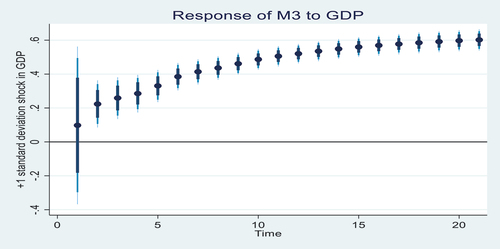
Figure 5. The impulse response plot for GDP.
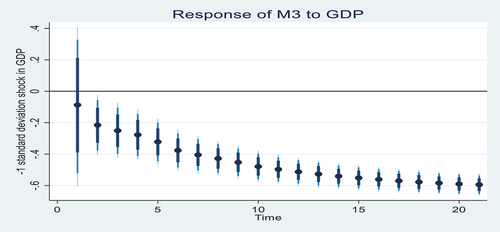
Figure 6. The impulse response plot for inflation expectation.
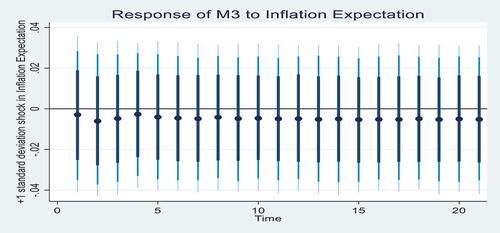
Figure 7. The impulse response plot for inflation expectation.
